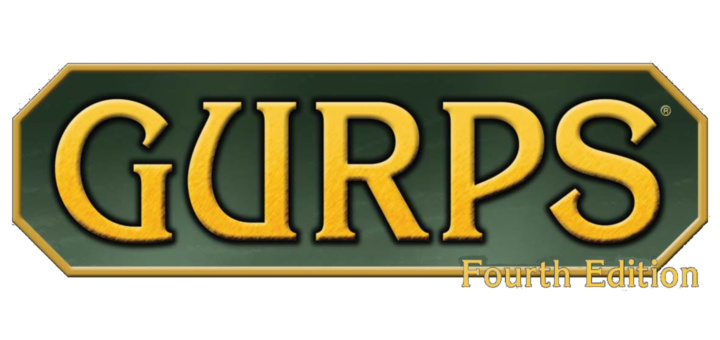
Materials are grouped into six “flammability classes,” based on the amount of burning or incendiary damage needed to set them aflame:
- Super-Flammable (e.g., black powder, ether): Negligible damage (candle flame).
- Highly Flammable (e.g., alcohol, paper, tinder): 1 point.
- Flammable (e.g., dry wood, kindling, oil): 3 points.
- Resistant (e.g., seasoned wood, clothing, rope, leather): 10 points.
- Highly Resistant (e.g., green wood, flesh): 30 points.
- Nonflammable (e.g., brick, metal, rock, fireproof synthetics): N/A.
A fire source (including any incendiary attack) that inflicts the listed amount of burning damage in a single damage roll ignites the material immediately. Divide damage by 10 for tight-beam burning attacks. If the flame fails to ignite the material immediately, but could do so on its best damage roll, roll damage once per second for as long as it is in contact. Even if the flame is incapable of inflicting enough damage on its best roll, it may set things afire with prolonged contact. Roll 3d for every 10 seconds of contact. Materials one category up (e.g., Flammable materials taking 1 point per second) catch fire on a 16 or less; those two categories up (e.g., Flammable materials touching a candle flame) catch on a 6 or less.
Once a material starts burning, it may ignite adjacent materials.
Make separate rolls for it based on the fire’s damage (1d-1 per second for an ordinary fire).